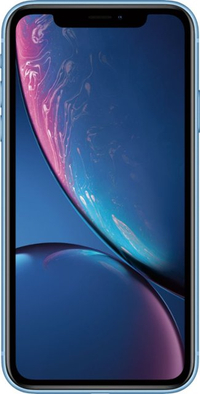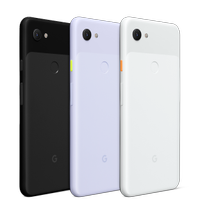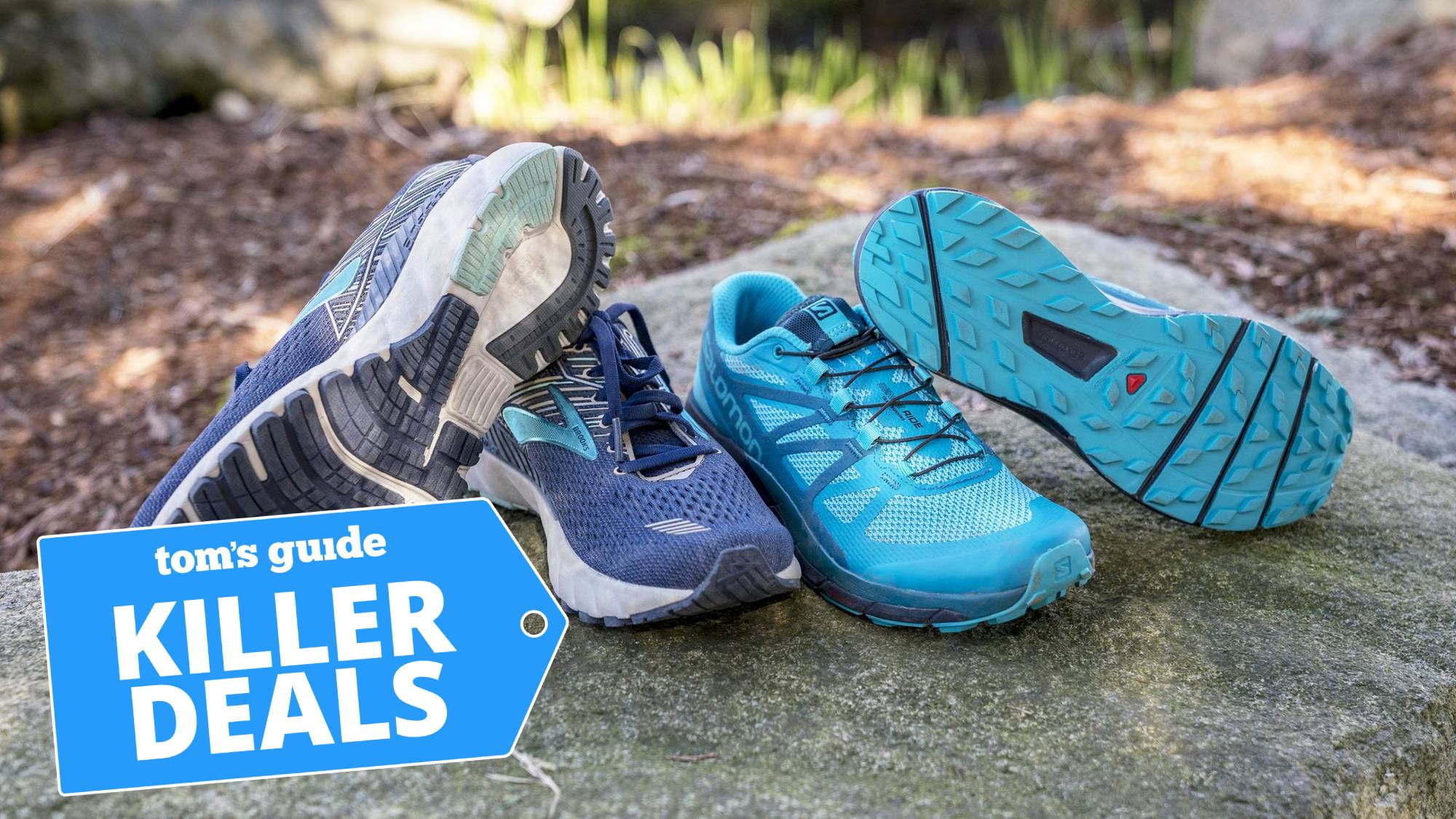Pixel 3a vs. iPhone XR: Which Budget Phone Wins?
The iPhone XR is the least expensive iPhone you can buy. But Google’s Pixel 3a starts at $350 less. Does the latest Pixel deliver more value than Apple does?
With the Pixel 3a, Google is hoping to rewrite the rules on what an midrange smartphone can deliver. Other phone makers — looking at you, Apple and Samsung — have come out with offshoots of their flagship phones that strip away some features in the name of a lower price tag. But those devices tend to cost $150 to $250 less than their flashier siblings. The Pixel 3a costs as much as $400 less than its flagship counterpart, while offering the same great camera and even better battery life.
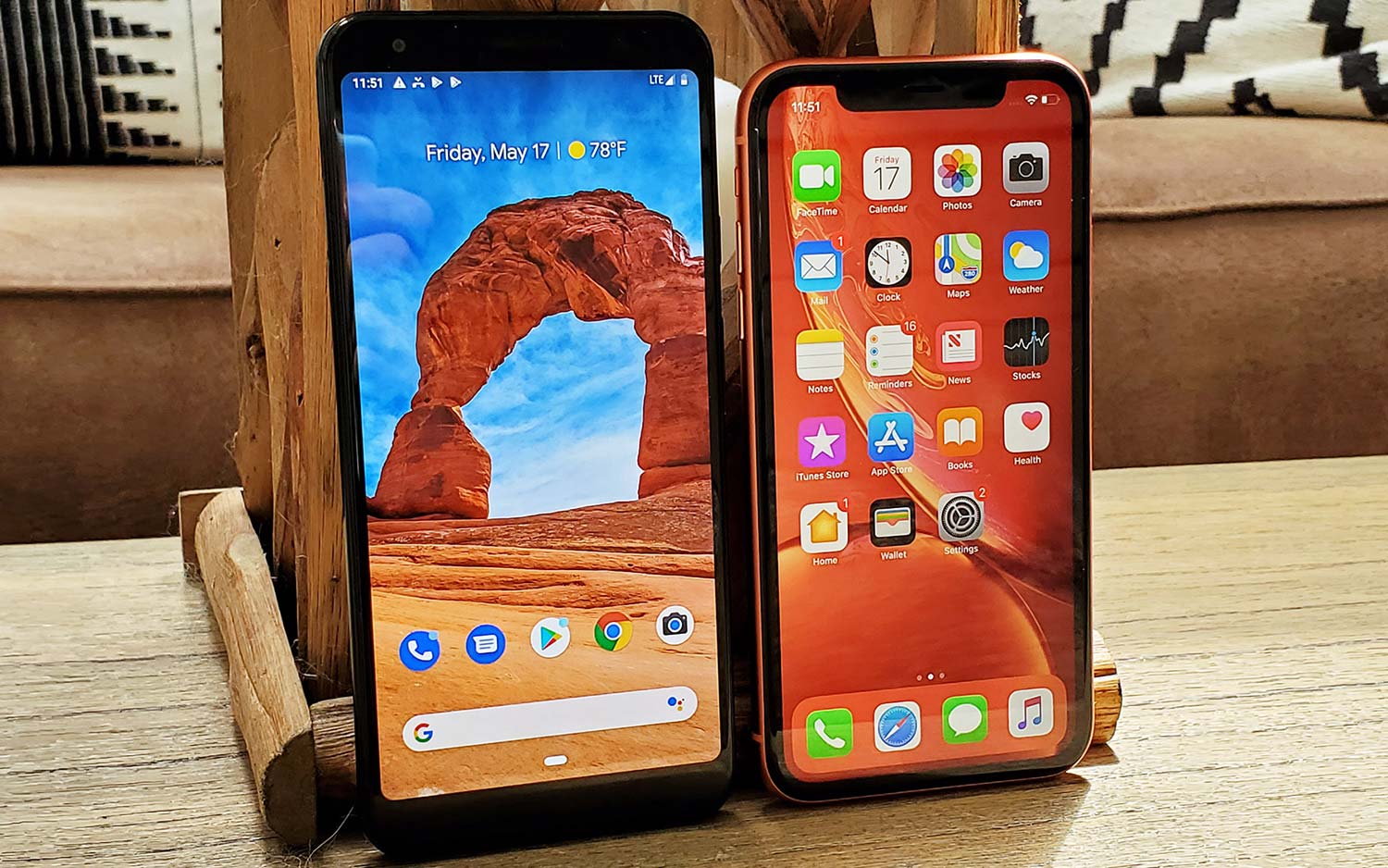
Will Google's approach pay off? U.S. phone shoppers have tended to shy away from midrange models, but maybe the Pixel 3a offers a winning formula. To find out, we compared Google's entry-level Pixel to the cheapest new iPhone you can buy — the $749 iPhone XR — in a battle of budget-minded handsets.
Here's how the Pixel 3a measures up to the iPhone XR across key categories.
Pixel 3a vs. iPhone XR: Specs
| Row 0 - Cell 0 | Pixel 3a | Pixel 3a XL | iPhone XR |
| Starting Price | $399 | $479 | $749 |
| Display (Resolution) | 5.6-inch OLED (2210 x 1080) | 6-inch OLED (2160 x 1080) | 6.1-inch LCD (1792 x 828) |
| CPU | Snapdragon 670 | Snapdragon 670 | A12 Bionic |
| RAM | 4GB | 4GB | 3GB |
| Storage | 64GB | 64GB | 64GB, 128GB, 256GB |
| Rear Camera | 12MP (f/1.8) | 12MP (f/1.8) | 12MP (f/1.7) |
| Front Camera | 8MP (f/2.0) | 8MP (f/2.0) | 7MP (f/2.2) |
| Battery | 3,000 mAh | 3,700 mAh | 2,942 mAh |
| Battery Life (Hrs:Mins) | 11:59 | 11:44 | 11:26 |
| Water-Resistance Rating | None | None | IP-67 |
| Headphone Jack? | Yes | Yes | No |
| Size | 6 x 2.8 x 0.3 inches | 6.3 x 3 x 0.3 inches | 5.9 x 3.0 x 0.3 inches |
| Weight | 5.9 ounces | 6.2 ounces | 6.8 ounces |
| Colors | Clearly White, Just Black, Purple-ish | Clearly White, Just Black, Purple-ish | Black, White, Yellow, Coral, Blue, Red |
Design
Google's midrange phones come in two sizes. The 6 x 2.8 x 0.3-inch Pixel 3a features a 5.6-inch display, while the 6.3 x 3 x 0.3-inch Pixel 3a XL ups the screen size to 6 inches. Despite having a larger screen — 6.1-inches — the iPhone XR isn't as tall as either of Google's phones, measuring 5.9 x 3.0 x 0.3 inches. At 6.8 ounces, though, the iPhone XR is heavier than both the Pixel 3a (5.9 ounces) and 3a XL (6.2 ounces).
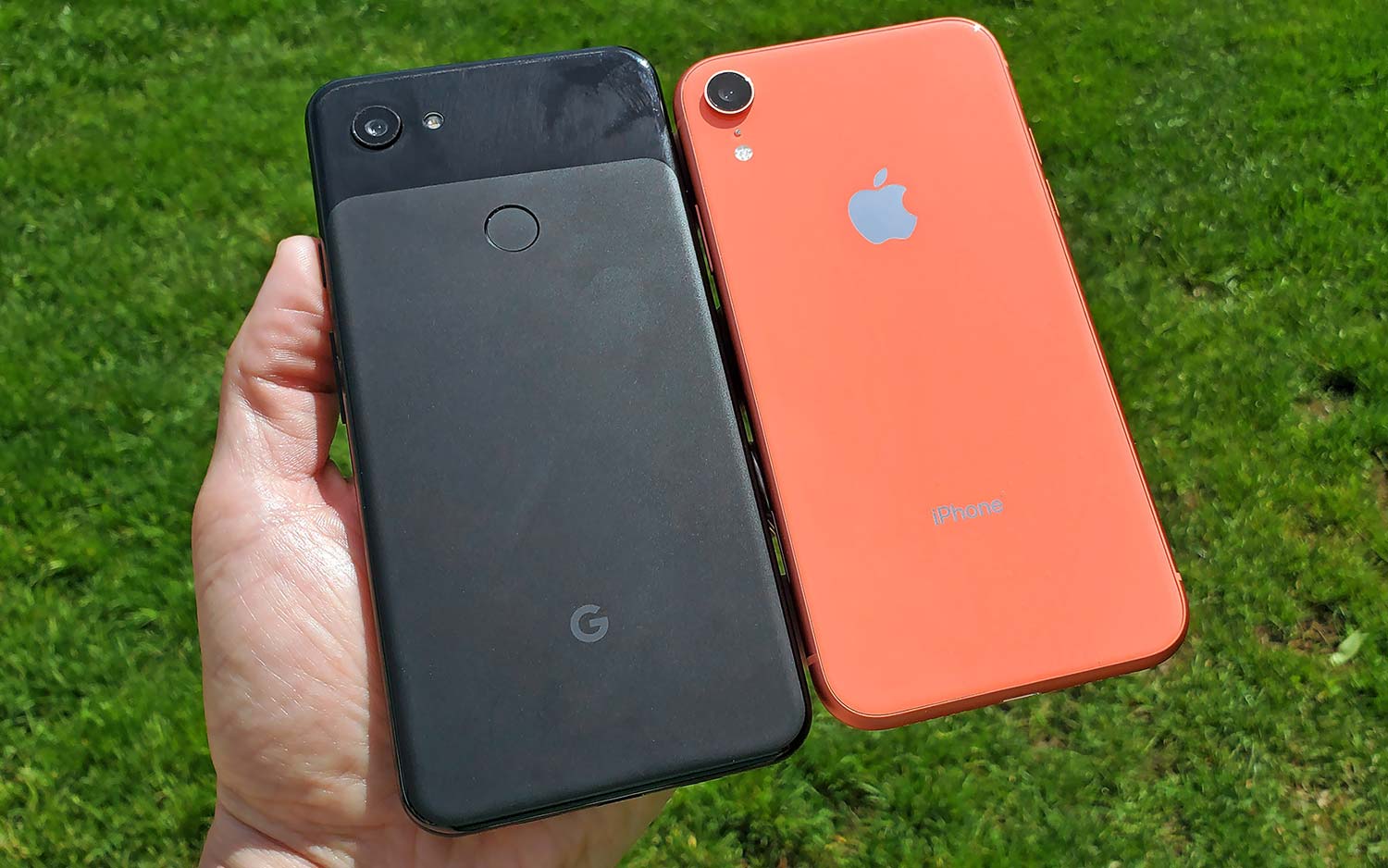
That extra weight could be attributed to the materials Apple uses for the XR. The phone has a glass back, compared to the polycarbonate casing Google uses on the Pixel 3a lineup. The Pixel 3a looks premium enough — stack it up next to the Pixel 3 flagships, and you'd be hard-pressed to tell which is which, at least until you picked up the 3a and got a feel for that plastic exterior. Still, the Pixel 3a just looks nice; the iPhone XR looks gorgeous.
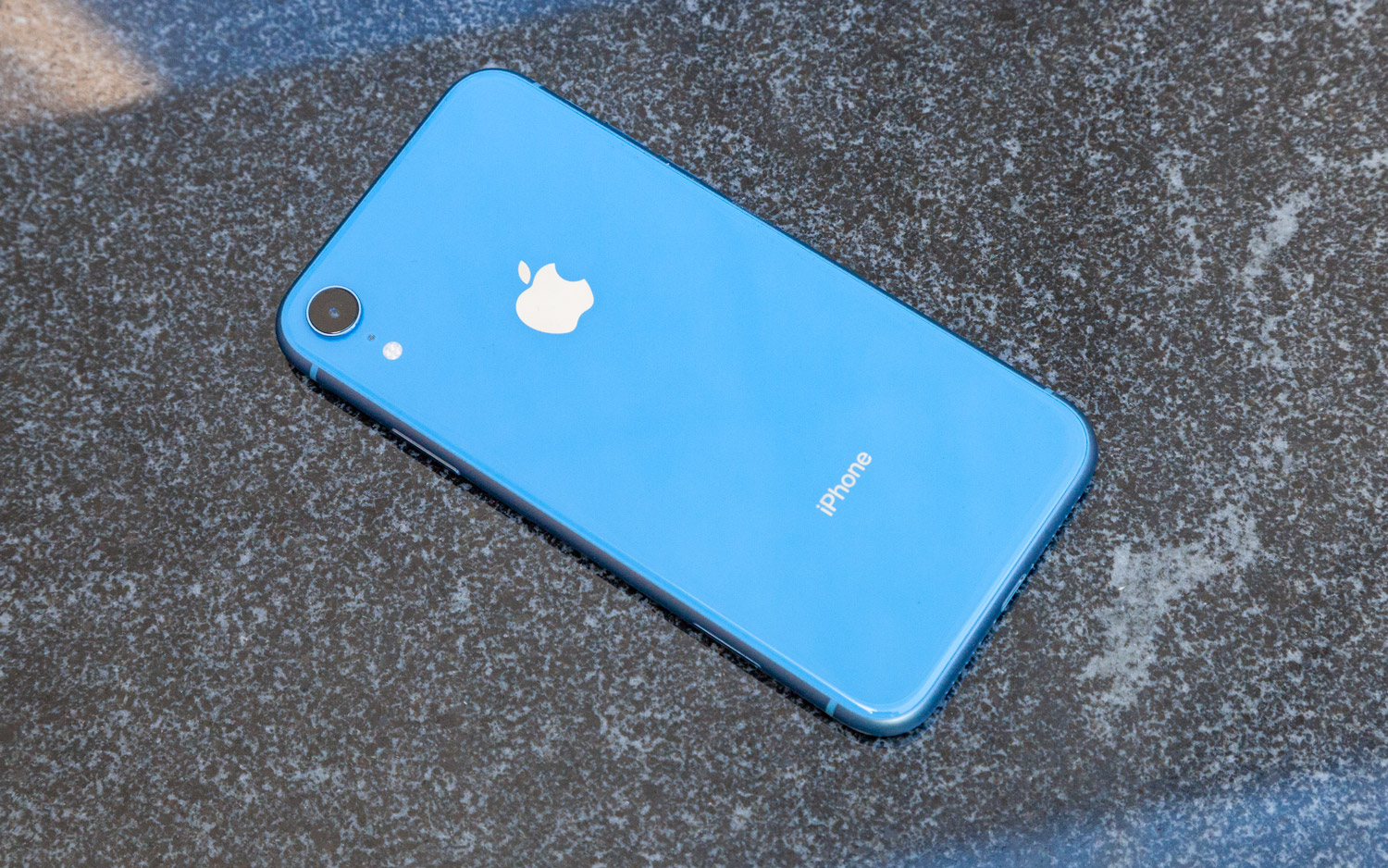
The XR also comes in a wider rainbow of colors. You can choose from six — everything from black and white to coral and yellow. The Pixel 3a has just three color options, with Purple-ish joining the usual Clearly White and Just Black.
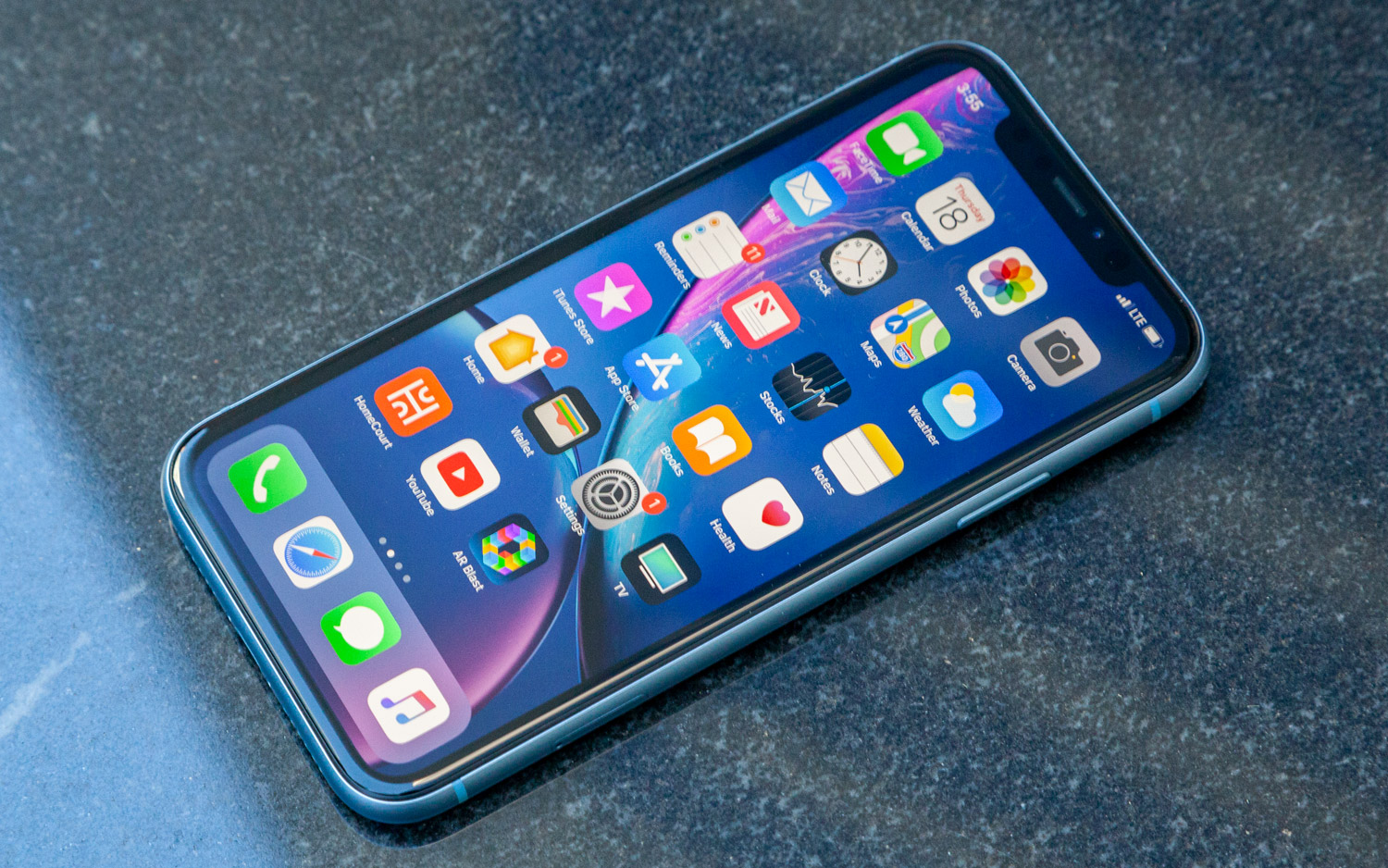
The iPhone XR gives you a notch on its display — you expect anything else from Apple? — while the Pixel 3a and 3a XL don't attempt to squeeze front cameras into the screen. The trade-off Google makes for that design decision involves bezels — chunky ones — on the top and chin of the phone's front panel. We may be in an era of edge-to-edge screens, but not if you want to pay less than $500 for a phone, Google has decided.
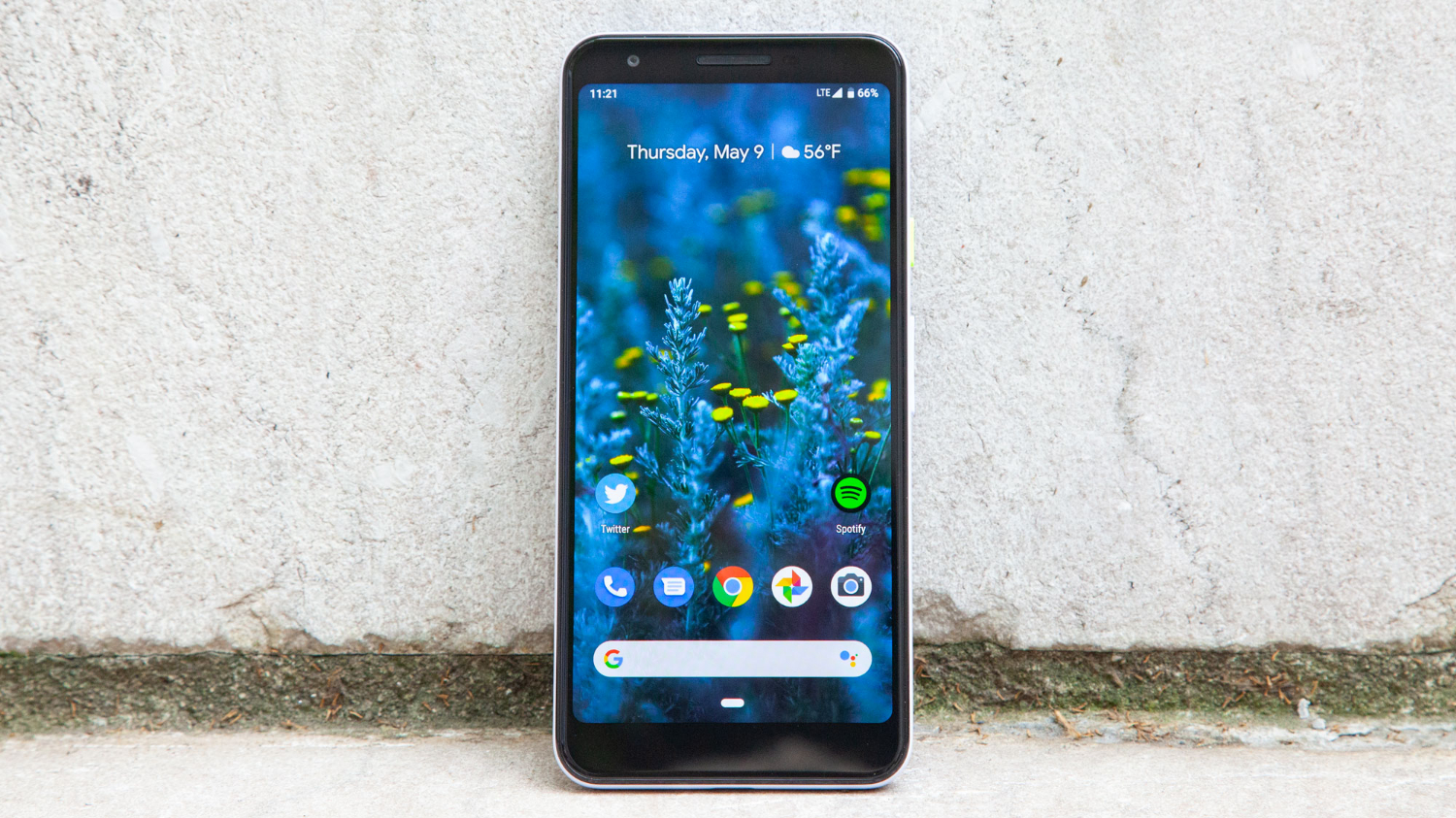
Other design differences come down to what you value. The iPhone XR has IP67 water resistance, so it can submerge in up to a meter of water for 30 minutes without difficulty. There's no water resistance for the Pixel 3a, so don't get it wet. But the Pixel 3a and 3a XL both offer 3.5mm headphone jacks, a feature that's gone missing on the iPhone since 2016's iPhone 7.
Winner: iPhone XR
Display
One of the biggest contrasts between these phones comes down to the display, and I'm not just talking about that notch on the iPhone XR. Apple opted for an LCD panel on its phone, whereas both the Pixel 3a and 3a XL feature OLED screens — a pretty impressive feature for a lower-cost phone.
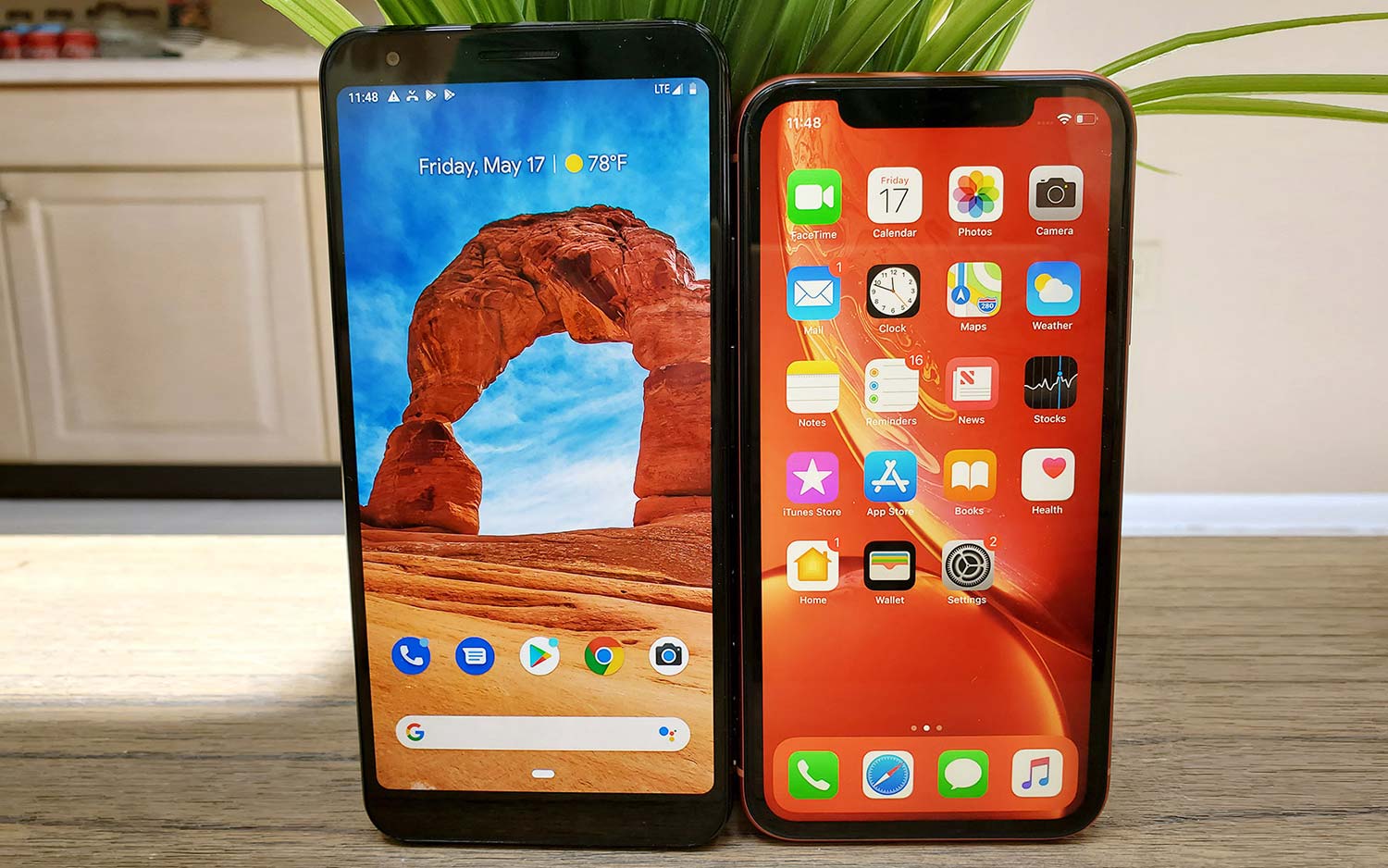
It should be no surprise, then, that the Pixel 3a boasts better resolution than the iPhone XR at 2210 x 1080, compared to 1792 x 828. (The Pixel 3a XL has a slightly different 2160 x 1080 resolution that's still sharper than what you get with Apple's phone.) The Pixel 3a captures more of the sRGB color spectrum — 182.3% to the iPhone XR's 123.4% — and its colors are slightly more accurate, too. The Pixel 3a has a Delta-E rating of 0.18, which is just ahead of the iPhone's 0.28 score. (The closer to zero, the better the result.)
MORE: Apple's iPhone XS Max Has the Best Smartphone Display Ever
But you can't appreciate what you can't see, and the Pixel 3a has a very dim display. It measured 401 nits on a light meter, while the iPhone XR recorded a much brighter 589 nit result. That's noticeable in the real world. I had a hard time making out details on the Pixel 3a XL's screen watching Champions League highlights outdoors. Moving inside improved matters, though the Pixel 3a XL's screen remained pretty dark. I'd much rather look at the iPhone XR's brighter screen, LCD panel or no.
Winner: iPhone XR
Camera
Both the Pixel 3a and the iPhone XR are studies in just what a single rear lens can do if it's backed by the right kind of software. But there’s a reason why only the Pixel 3a makes our best camera phone list.
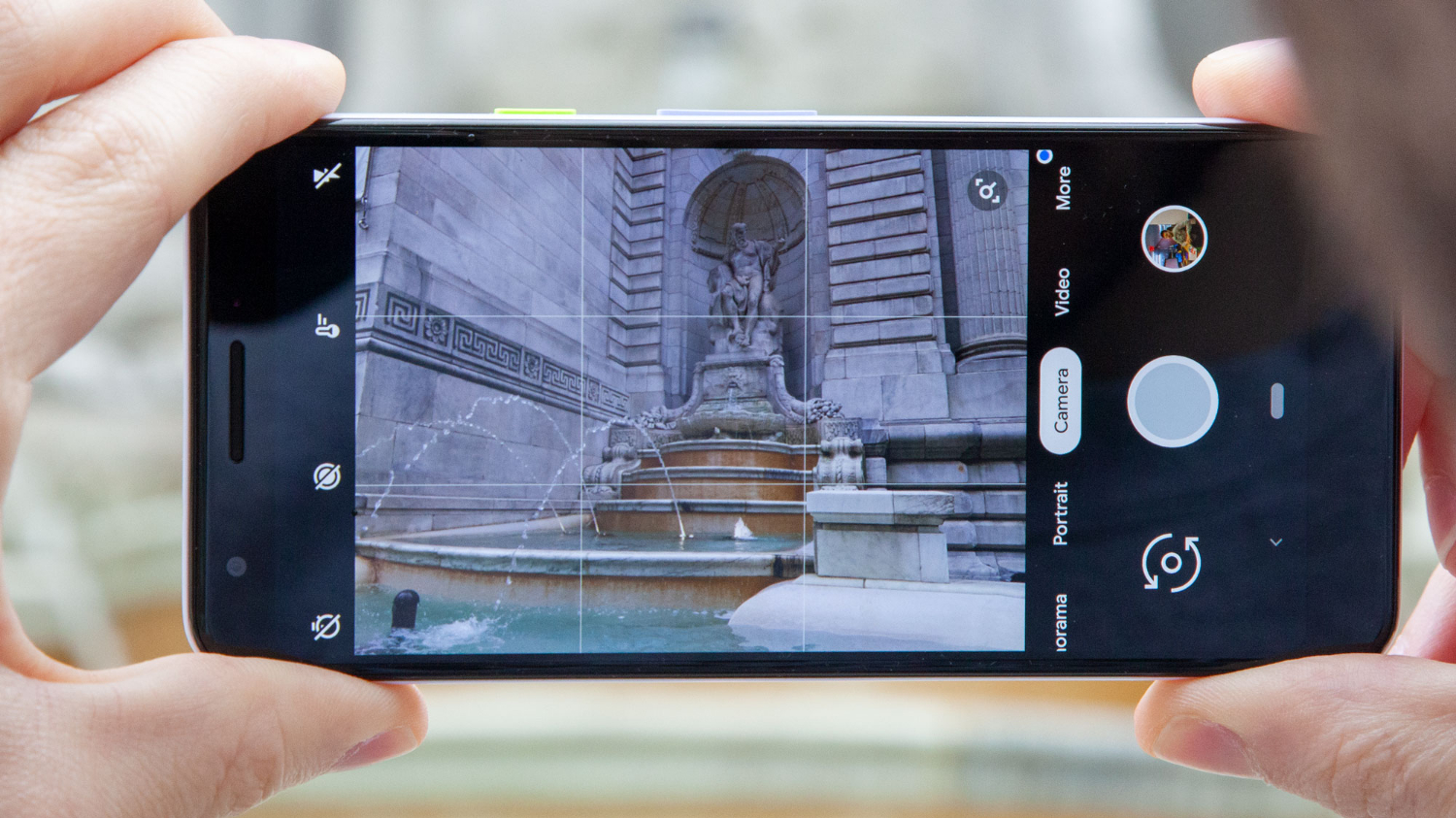
Unlike the dual-lens iPhone XS and XS Max, the iPhone XR sports one 12-megapixel rear camera with an f/1.7 aperture. The Pixel 3a and 3a XL both feature the same camera — a 12-MP lens with an f/1.8 aperture — that also happens to be the shooter you'll find on the back of the Pixel 3 flagships.
It's not the number of lenses, though — it's what you do with them. And both the iPhone XR and Pixel 3a are capable of doing quite a lot. (For these comparisons, I used a Pixel 3a XL, but you can expect similar results with a 3a since both phones use the same camera hardware.)
Take this photo of a plate of scrambled eggs. I think the iPhone XR produces the better shot — it's more colorful, and the XR's camera deals well with the sunlight streaming in from a window just off to the left of the shot. That said, while the Pixel 3a XL's shot is a lot darker, there's good contrast and some of the vegetables in the foreground are kept in sharper focus than what you see in the XR photo.
The iPhone XR's Smart HDR feature — in which the camera captures multiple exposures and blends them together to call out highlights and shadow details — saves the day on this wide shot of my daughter's swim practice. The sun was at an unforgiving angle just off to the right of the frame, but the iPhone XR manages to produce balanced colors, and the trees in the background have noticeable details. The darker Pixel 3a XL shot turns the tree on the left into a bit of a black jumble.
When we zoom in on that same shot, the Super Res Zoom feature on the Pixel 3a XL uses AI to fill in some of the shot's details. The lane lines look sharper, and you can see ripples on the surface of the pool. The water looks overly smoothed in the iPhone XR's effort. That said, the banner on the back fence is easier to read in the iPhone's shot, even if the XR has given the image more of a bluish cast.
When the lights go down, Google's camera comes out to play. I have a collection of miniature baseball hats in my office, but if you take a photo of them when the lights are off at dusk, all you're going to see is a shadowy smear. To get a photo from the iPhone XR, I had to use flash, and while you can see the individual hats, the colors are muted — particularly any blue helmets, which look more black. You can't really make out the details on the two plaques if you zoom in on the iPhone's shot, and the flash has created a distracting glare on the white wall in the upper left of the photo.
The Pixel 3a XL's Night Sight feature produces a more balanced image, with natural colors. The reds are more vivid, and while the blue hats still look a little dark, most of their logos aren't lost to the shadows. Zoom in on the plaques and you can actually read the inscription.
I think the Pixel 3a XL's AI handles blur effects on this portrait shot better, too. The facial tones are great in the iPhone XR's picture of my daughter, and her multicolored towel pops against the blurred background. But you'll notice that the iPhone has chosen to blur the swim goggles on the top of her head, creating an unnatural-looking border just above her hair. The Pixel 3a XL blurs out a loose strand of my daughter's hair, but otherwise does a better job of separating her from the background.
Up front, both the new Pixels and the iPhone XR sport single cameras. In the case of the Pixel 3a, that's an 8-MP shooter, while the iPhone XR's TrueDepth camera is a 7-MP lens. Both handle selfies with comparable skill, although I think the iPhone XR handles my skin tone better, though the leaves of the lemon tree behind me seem unnaturally green. The 3a XL's effort doesn't blow out the sky the way the iPhone XR did.
Things shift in the Pixel's favor once we apply a blur to that same self-portrait. Those highly saturated colors in the background of the iPhone XR's shot persist, and the towel I have draped over my shoulder gets blurred with the background. Some may appreciate that stylistic effect, but I think that the Pixel 3a XL's selfie is a better composed and more realistic-looking. The phone's less-is-more approach to the background blur is also more appealing to my eye.
Winner: Pixel 3a
Performance
Ever see Bambi vs. Godzilla? (Not to give away the plot, but it doesn't end well for Bambi.) That's sort of what happens when you stack a phone powered by Apple's A12 Bionic processor against a device running the less powerful Snapdragon 670 that's inside the Pixel 3a.
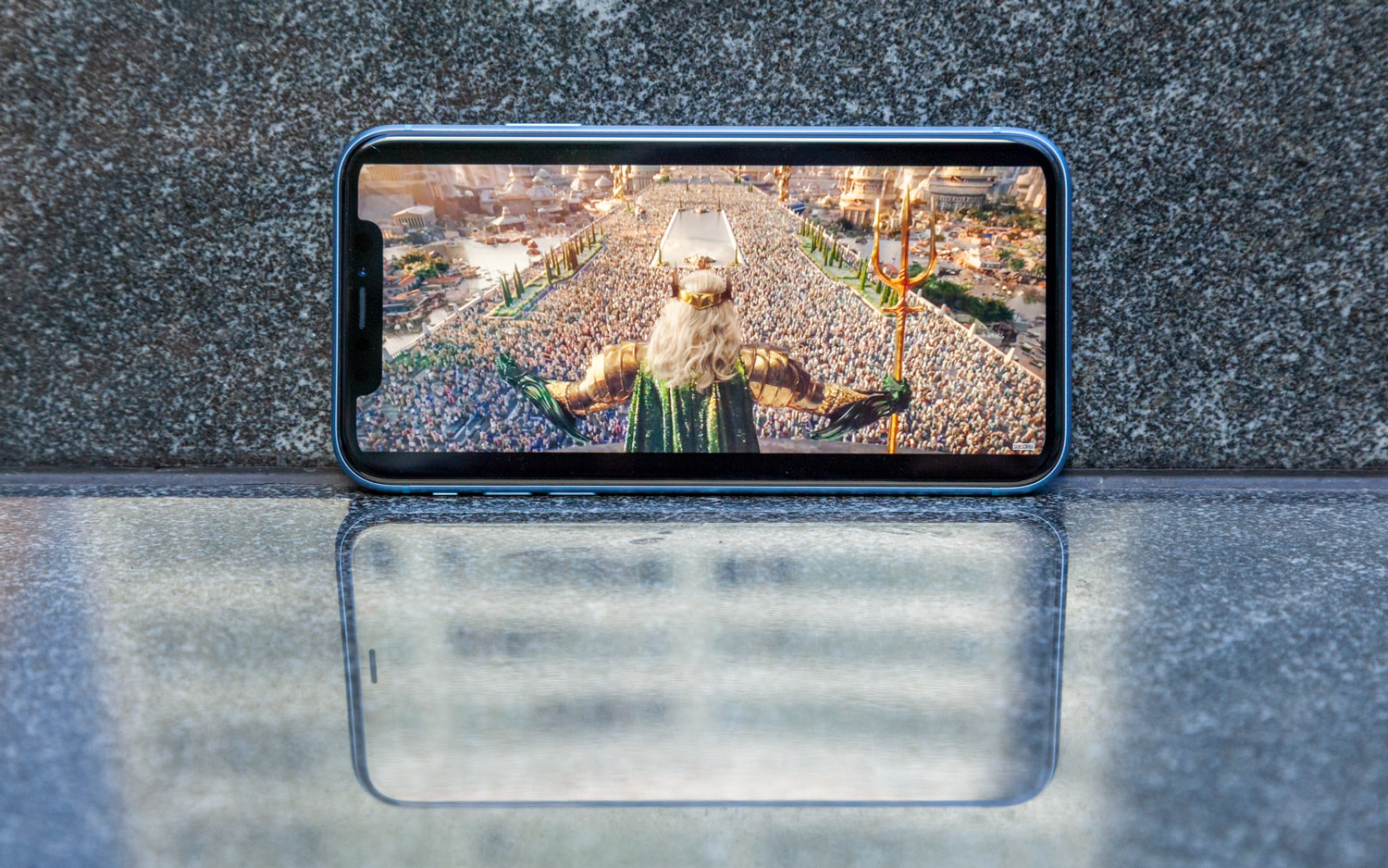
It's not unfair to say that the iPhone XR dusts Google's midrange device in synthetic benchmarks. On Geekbench 4, the iPhone recorded a score of 11,312. If you squint hard enough, you can see the Pixel 3a XL's 5,197 Geekbench result off in the distance.
A12-powered iPhones usually score lower than Android ones powered by the latest Qualcomm chipset in 3DMark's Sling Shot Extreme OpenGL ES 3.1 graphics test. But the iPhone XR's 4,416 score is well ahead of the 1,628 result the Pixel 3a turned in.

You see these results a little bit in real-world use, where the iPhone XR is just a hair peppier. The saving grace for the Pixel 3a is that the performance is good enough for most tasks, and that midrange chipset or no, the Pixel 3a can still run demanding games like PUBG Mobile without a hiccup.
MORE: Best Apps for Benchmarking Smartphones or Tablets
Google packs the Pixel 3a with more RAM — 4GB to the reported 3GB of memory in the iPhone XR. (Apple doesn't officially post RAM figures, so that figure comes from XR teardowns.) The iPhone XR comes with more storage options, though, matching the Pixel 3a's 64GB model while also offering 128GB and 256GB versions. Neither phone lets you add capacity via microSD.
Winner: iPhone XR
Battery
All of these phones last a long time on a charge. In fact, the iPhone XR offers the best phone battery life among iPhones, holding out for 11 hours, 26 minutes on the Tom's Guide battery test, which involves continuous web surfing over T-Mobile's LTE network until the phone runs out of power. That's a good result, but the Pixel 3a's 11:59 time is even better. And while the Pixel 3a XL didn’t last quite that long as its smaller sibling — we’re still puzzling that one out — it also beat the iPhone XR, with a time of 11:44.
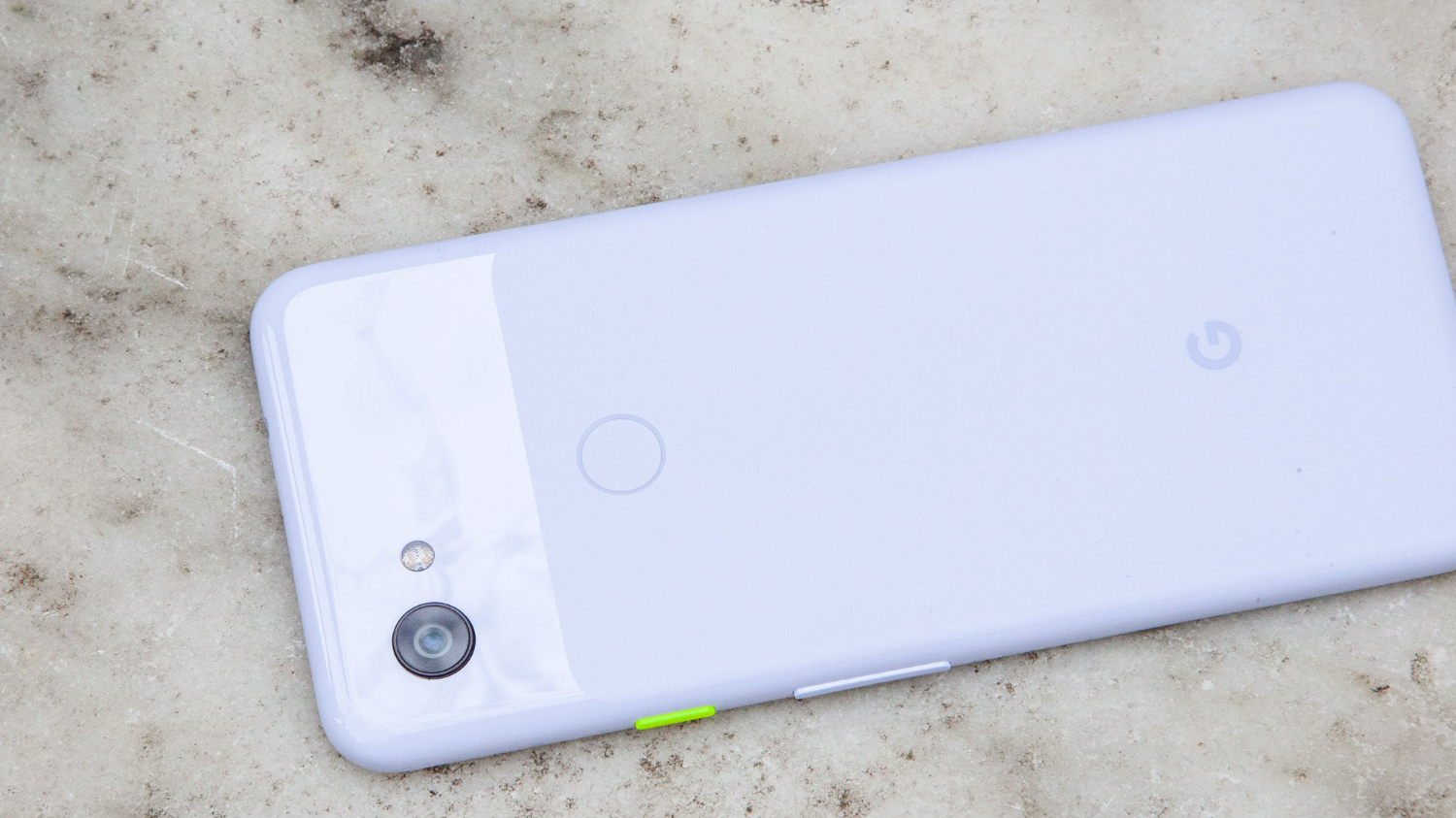
Those results shouldn't be that much of a surprise. With a 3,000 mAh power pack, the Pixel 3a is slightly larger than the iPhone XR's reported 2,942 mAh battery. (Again, that spec comes via teardowns, not an official Apple pronouncement.) There's an even bigger gap with the Pixel 3a XL's 3,700 mAh battery.

When the phones run out of juice, they'll charge quickly enough. Google says the Pixel 3a can get 7 hours of battery life after just 15 minutes of charging with the included 18-watt fast charger. The iPhone XR supports fast charging, too, but you'll need to pay up for a separate USB-C charger and adapter to take advantage of that feature. At least the iPhone XR supports wireless chargers, something Google skimped on to keep the Pixel 3a costs low.
Winner: Pixel 3a
Software and special features
Normally, iOS would give any iPhone the edge over most any Android device simply by the virtue of being easily updatable. The minute Apple releases a new version of iOS, any supported iPhone can grab it. That's been the case with the iPhone XR, which has added features like Group FaceTime, support for dual SIM cards, and Apple's revamped TV app just through assorted iOS 12 updates since its launch last fall.
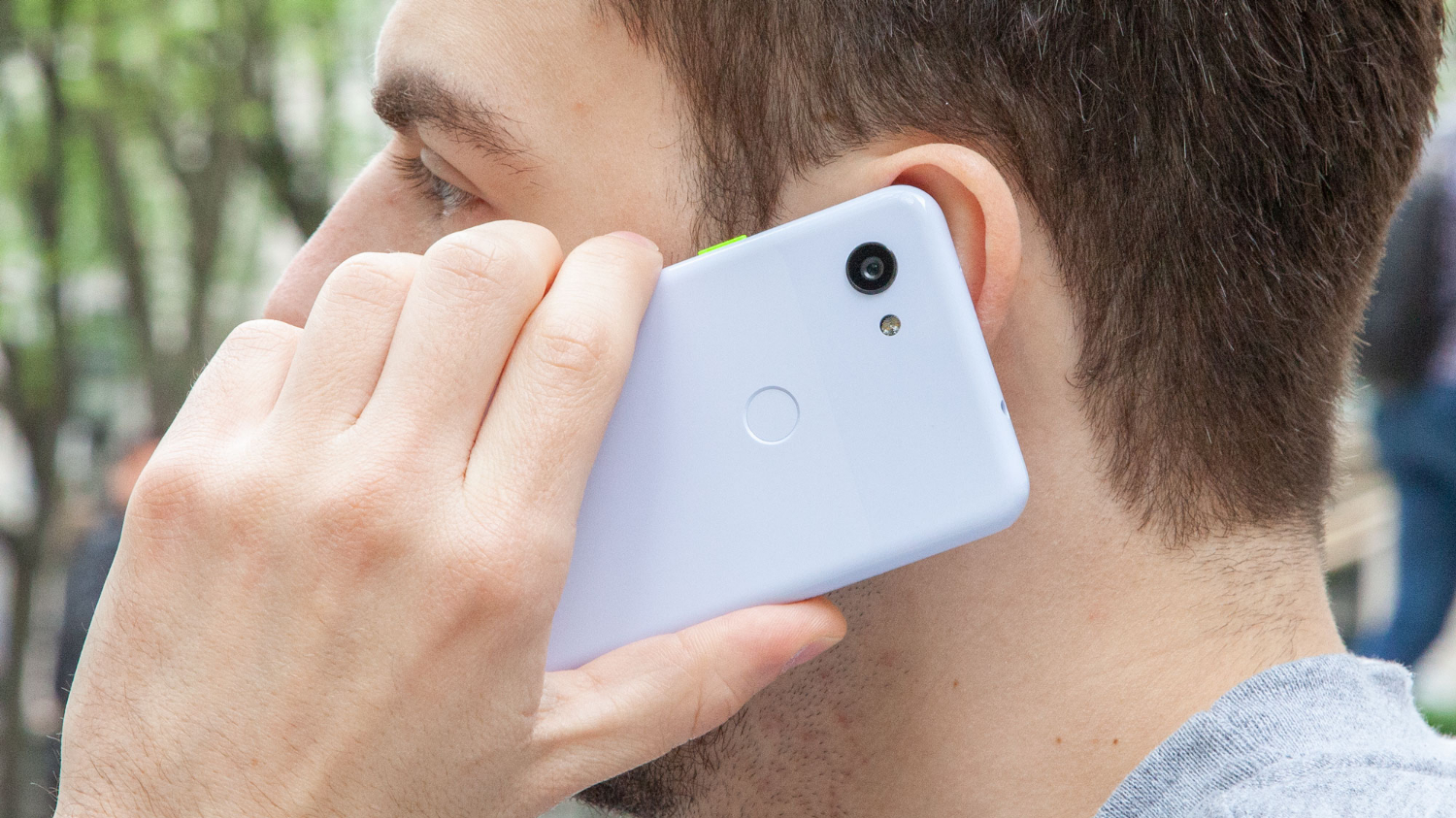
But Google's Pixel lineup is pure Android. The Pixel 3a features the current version of Android Pie, and it'll be one of the first phones in line to get Android Q when that update ships at the end of summer. You can expect regular security updates if you've got a Pixel 3a or 3a XL, too.
MORE: Best Smartphones - Here Are the 10 Best Phones Available
Since so much of the Pixel experience is software-driven, the Pixel 3a reaps the benefits of features Google has added to its other phones. That includes the Call Screen feature, which allows the Google Assistant to field robocalls on your behalf. Speaking of Google's virtual assistant, it's only a squeeze away, since the Pixel 3a includes the Active Edge feature where a firm squeeze of the sides of the phone summons Google Assistant.
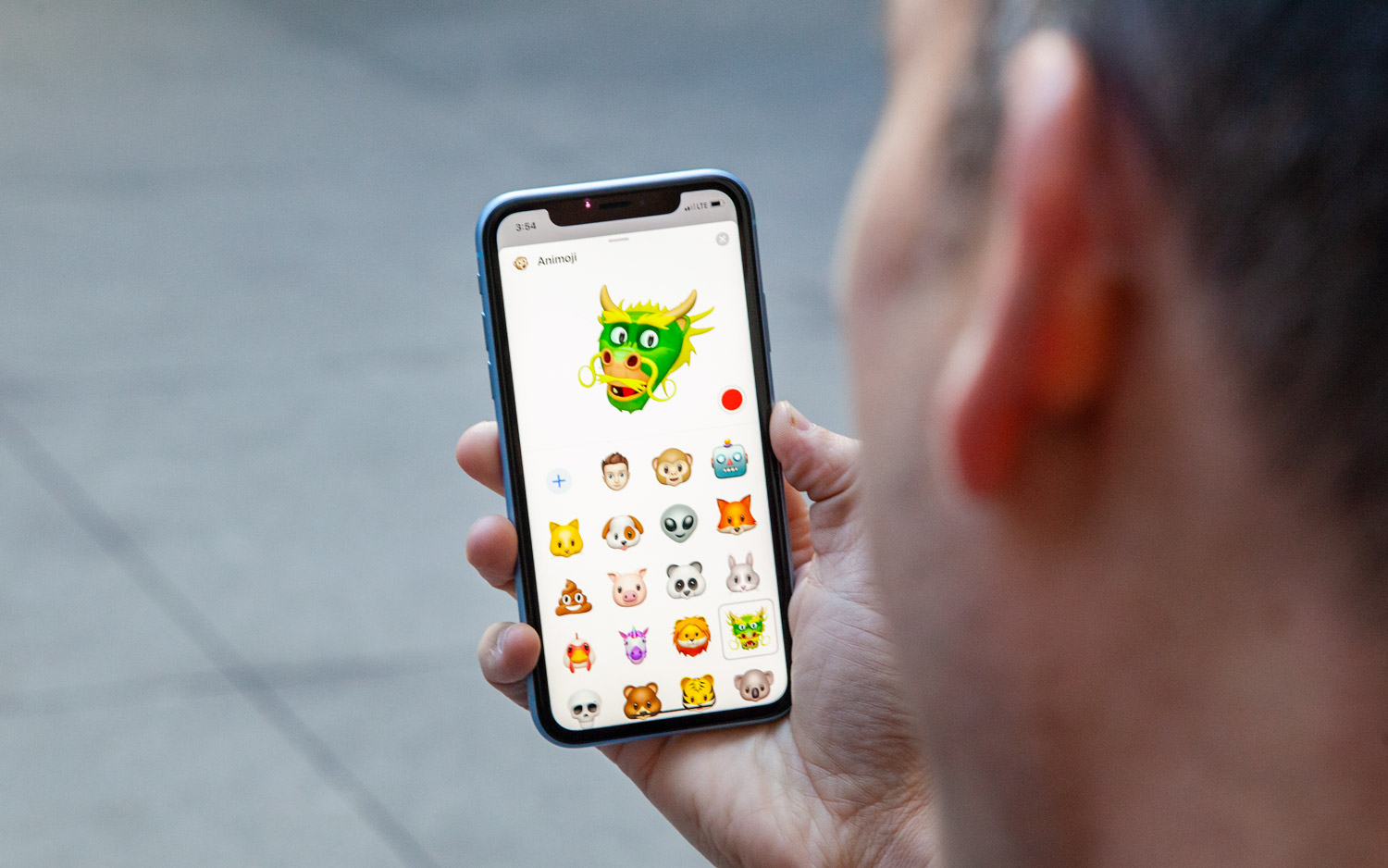
Like the Pixel 3a, the iPhone XR adopts some of the features of its more expensive siblings. You'll be able to use the TrueDepth camera on the front of the phone to make Animoji — playful animated characters based on your facial expressions — and unlock your phone using FaceID. You won't have 3D Touch, where a firm press of the screen can bring up shortcuts and additional actions, as Apple scrapped that feature for the iPhone XR.
Winner: Draw
Price and availability
It's hard to argue with $350, the price difference between a 64GB Pixel 3a and an iPhone XR with a comparable amount of storage: Google's phone starts at $399, compared to $749 for the iPhone. Opt for a larger Pixel 3a XL, and the savings diminish — the 3a XL costs $479 — but it's still substantially less than what Apple's entry-level iPhone costs.
Apple used to enjoy an advantage over Google by having its phone available in more places, and there's still hardly a carrier around that doesn't support the iPhone XR. You can walk into any of the Big Four carriers — and even many discount carriers — and pick up Apple's colorful 6.1-inch phone.
But Google erased much of that edge with the Pixel 3a, which is available from more carriers than any other Pixel model has ever been. You can still get the 3a from long-time Google partner Verizon, and Google's own Google Fi wireless service sells the phone as well. But the 3a is also available from Sprint, T-Mobile and US Cellular. Verizon-owned Visible plans to offer the Pixel 3a in June. The only carrier missing from the list is AT&T.
Winner: Pixel 3a
The Winner: iPhone XR… by a nose
Not surprisingly for a phone with a powerful processor and brighter display, the iPhone XR finishes ahead of the Pixel 3a. But the gap is not as big as you might think. And if you want the very best camera in a phone that lasts a long time on a charge, there’s a compelling case to be made for the Pixel 3a over Apple’s phone.
| Row 0 - Cell 0 | Pixel 3a/Pixel 3a XL | iPhone XR |
| Design (10) | 7 | 9 |
| Display (10) | 5 | 8 |
| Camera (25) | 23 | 21 |
| Performance (15) | 11 | 14 |
| Battery Life (20) | 18 | 16 |
| Software and Special Features (10) | 9 | 9 |
| Price and Availability (10) | 9 | 7 |
| Total (100) | 82 | 84 |
Ultimately, the iPhone XR justifies its higher price tag with a superior design, a more impressive display, and a best-in-class A12 Bionic processor. But the Pixel 3a proves there’s plenty of value to be found in a sub-$500 smartphone.
Credit: Tom's Guide
Sign up to get the BEST of Tom's Guide direct to your inbox.
Get instant access to breaking news, the hottest reviews, great deals and helpful tips.
Philip Michaels is a Managing Editor at Tom's Guide. He's been covering personal technology since 1999 and was in the building when Steve Jobs showed off the iPhone for the first time. He's been evaluating smartphones since that first iPhone debuted in 2007, and he's been following phone carriers and smartphone plans since 2015. He has strong opinions about Apple, the Oakland Athletics, old movies and proper butchery techniques. Follow him at @PhilipMichaels.
